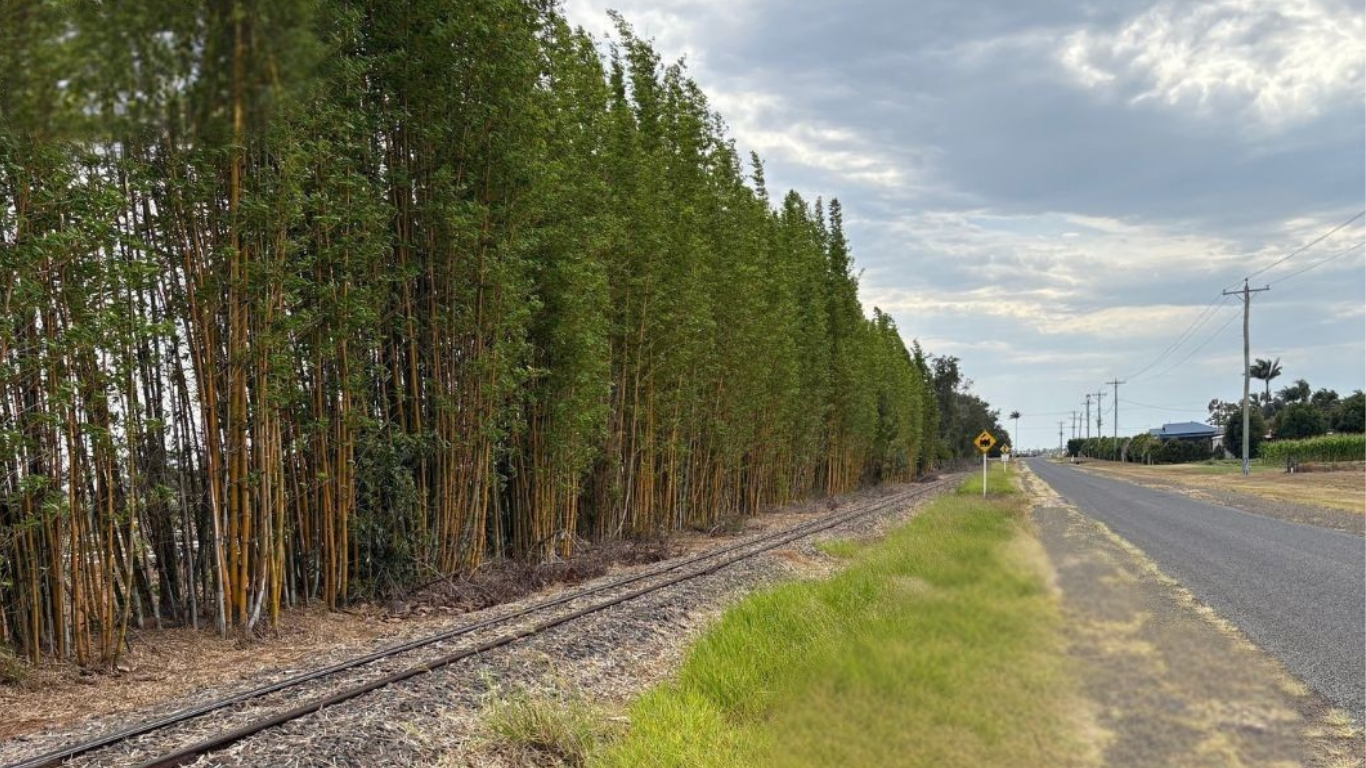
Maximise Weed Control with Pre and Post-Emergent Herbicides
Weed control solutions using herbicides in Australia is vital for crop and asset protection. It is an ongoing challenge for farmers and agricultural professionals. Anyone trying to control weeds should use a strategic approach that combines both pre-emergent and post-emergent herbicides. In this article, we will explore the numerous benefits of combining these types of weed killers.
These benefits include:
-
Longer timeframes between applications.
-
Cleaner and safer assets.
-
Lower costs.
-
Optimising resources.
-
Labour availability.
Longer Timeframes Between Applications
Reduced Chemical Applications
Integrating pre-emergent and post-emergent herbicides means killing weeds at multiple growth stages. This approach can lead to fewer applications over the growing season.
Enhanced Residual Control
Pre-emergent herbicides create a protective barrier in the soil. This prevents weed growth as seeds germinate. This residual control can extend the period between treatments. You can achieve extended weed suppression without making immediate post-emergent applications.
Cleaner and Safer Assets
Reduced Weed Competition
Pre-emergent herbicides suppress weeds from the start. Competition for resources like water, nutrients, and sunlight as a result. This creates a cleaner, more productive environment for assets to thrive.
Lower Risk of Herbicide Resistance
The integrated approach lessens the reliance on a single mode of action. A benefit of this is decreasing the risk of herbicide-resistant weed populations. This ensures the long-term effectiveness of herbicide programs.
Lower Costs
Decreased Product Expenses
Integrating pre and post-emergent herbicides allows for targeted and efficient weed control. Because of this you reduce the quantity of herbicides needed. This can lead to significant cost savings over time.
Potential for Lower Labour Costs
Fewer commercial herbicide applications mean reduced labour requirements for spraying. This can translate into cost savings or allow for labour resources to focus on other critical tasks.
Optimising Resources
Resourcing
Combining pre and post-emergent herbicides enables more efficient resource allocation. We reduce constant monitoring and application frequency. This frees up resources like labour, equipment, and fuel for other essential farm operations.
Enhanced Crop Performance
Controlling weeds allows crops to access essential resources more effectively. This can result in improved crop yield and quality and increased return on investment.
Labour Availability
Reduced Labour Pressure
Integrated industrial herbicide programs mean fewer urgent applications during the peak growing season. This eases the strain on labour availability.
Opportunity for Diverse Work Activities
Staff can carry out other critical tasks during peak growing periods. Less time spent on noxious weed control ensures that all aspects of crop management receive the attention they deserve.
Integrating pre and post-emergent herbicides into a spray program offers many benefits. Extending timeframes between applications helps to maintain a cleaner and safer farming environment. Lowering costs and better resource allocation will reduce labour pressures. This helps farmers achieve more sustainable and efficient weed control while maximising productivity.
As the agricultural industry continues to evolve, integrated herbicide programs are becoming an essential component of modern farming practices.
Additional content
VIEW GWS' ADDITIONAL CONTENT TO LEARN MORE ABOUT THE WEED INDUSTRY

Australia’s approach to wildlife and pest management is increasingly complex. What was once framed as a largely technical or ecological challenge now sits firmly at the intersection of environmenta...
Read more
Smarter growth management with Padre 270 for linear infrastructure and managed vegetation zones
As Australia’s linear-infrastructure networks expand, there is increasing need for low-impact, reliable and cost-effective vegetation management strategies. Padre 270 provides a practical, research...
Read more
Leucaena leucocephala: Weed Hygiene Case Study
Australia’s transport corridors are not just conduits for commerce—they are vectors for biological change. Leucaena leucocephala, valued as a forage crop, also threatens to invade new environments ...
Read more
